IFM DEVELOPING COGENERATION AS A METHOD FOR TREATMENT OF HIGH STRENGTH WASTES
IFM has been contracted to develop treatment systems coupled with cogeneration to produce heat or electricity from various high strength wastestreams.
Anaerobic Treatment of wastes has been a long used technology and technique for the breakdown of sludge in municipal wastewater treatment plants for many decades. Anaerobic treatment is becoming a viable option for hard to tackle wastes including livestock manure, food processing and other industrial wastestreams.
IFM will be evaluating several applications related to high strength wastestreams to determine the feasibility of anaerobic digestion.
The goals of our program are:
- Reduce BOD / COD discharge from high strength wastes, thus reducing possible surcharge and penalties from municipalities.
- Produce a more effective infrastructure. Anaerobic systems pricing are comparable to aerobic systems, but yield energy as opposed to consuming energy.
- Reduce odors associated with septage, food processing wastes and grease traps.
- Produce a much more manageable solid byproduct. The anaerobic system greatly reduces total solids through digestion and also stabilizes the byproduct, which allows for more disposal options.
- The methane produced from the anaerobic digestion can serve as fuel for boilers to produce steam or to a generator, which can produce electricity.
HOW ANAEROBIC DIGESTIONS WORKS AND WHY IT IS A PERFECT FIT FOR HIGH STRENGTH WASTESTREAMS.
Anaerobic digesters depend upon bacteria for the process. Acid forming and fermentative bacteria work to reduce the sugars, fats, proteins and lipids often found in wastestreams that contain high levels of BOD and COD into organic acids, alcohols and acetates.
Methanogenic bacteria use the byproducts of the first process to produce methane. These bacteria are slow growing and dependent upon proper control of pH, temperature and alkalinity to continuously produce methane.
The system IFM is developing is a two tank reactor with sidestream cell lysis to enhance organic degradation and improve methane reduction.
